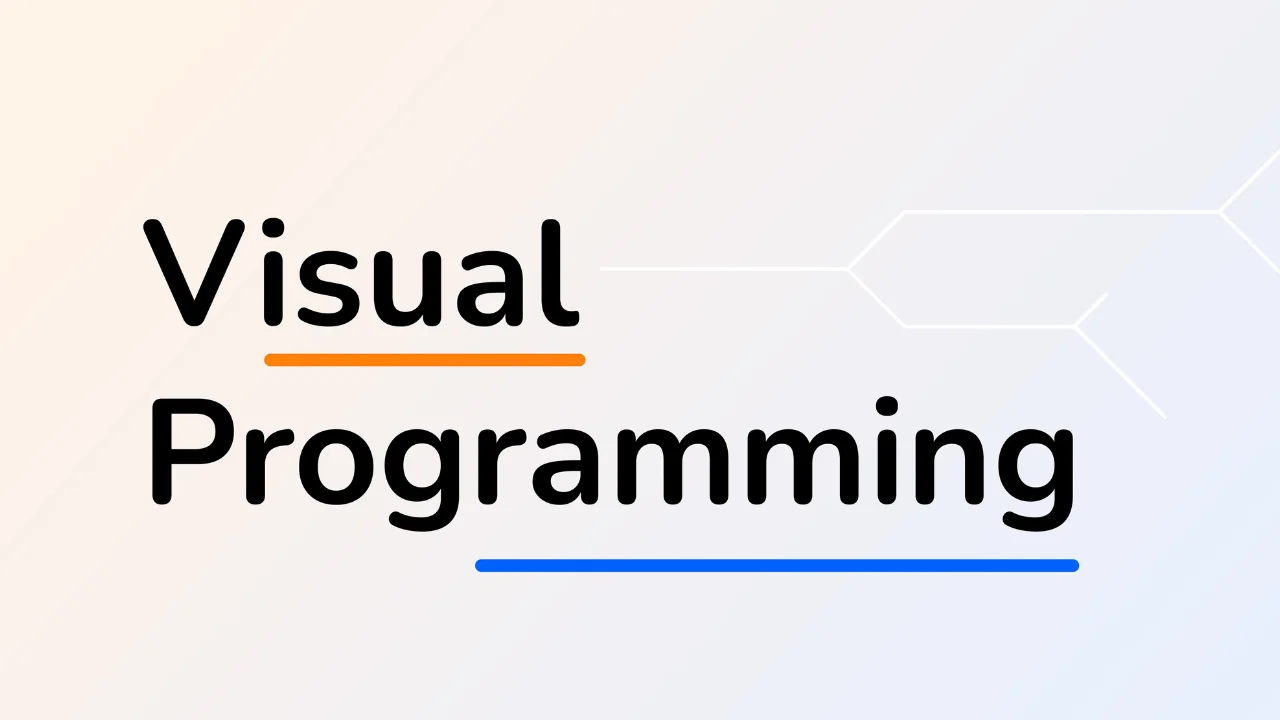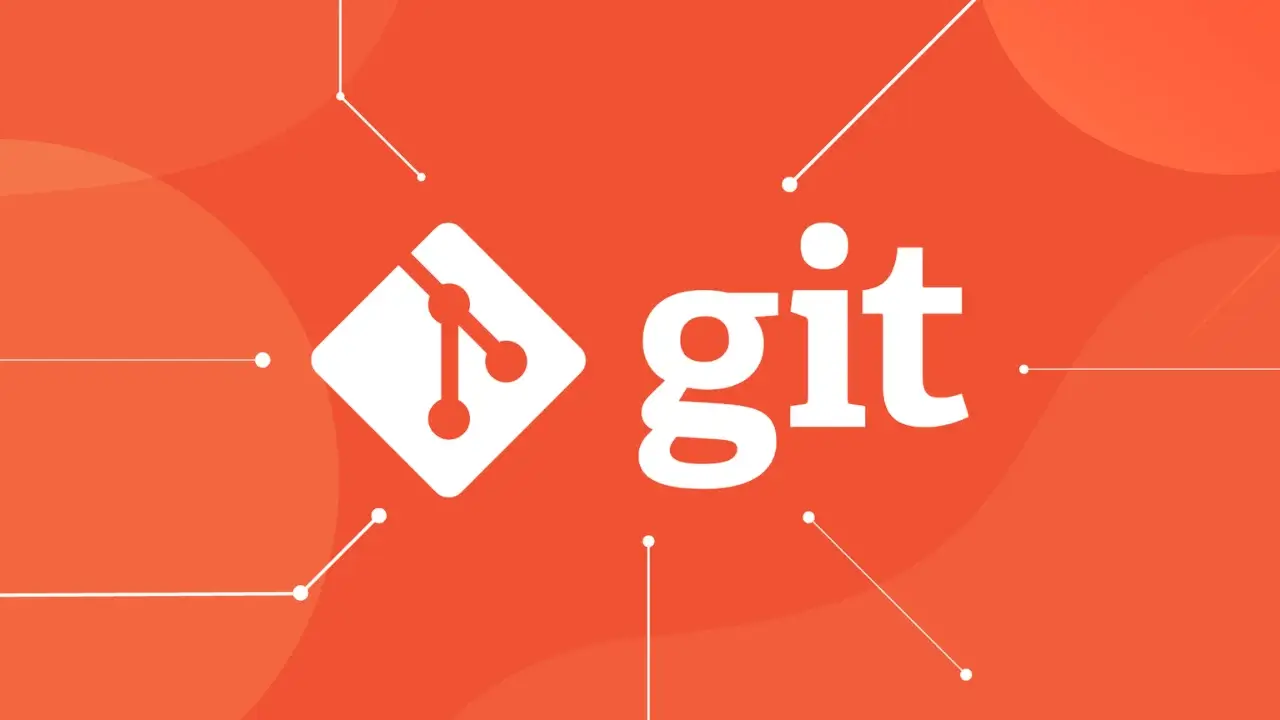
Unraveling the Cloud Bill Mystery: Predictable Costs for Business Growth
The Parable of the Opaque Invoice: When Infrastructure Costs Become a Liability
It’s the first week of the month. You log into your primary cloud provider dashboard—the behemoth, the hyperscaler, the one that promises infinite scalability—and a cold dread washes over you. The number displayed in the billing widget is not just high; it's a terrifying Rorschach test of compute, egress, storage, and 40 other acronyms you barely recognize. For many small and medium business owners, eCommerce managers, and digital agency professionals, the cloud invoice is not a predictable operating cost; it’s an unpredictable financial liability. This opacity demands a new kind of expert: the “Cloud Economist.”
The very existence of firms dedicated solely to deciphering and optimizing massive cloud bills—like the insightful folks at the Duckbill Group—underscores a fundamental truth: modern cloud infrastructure, while technically brilliant, is financially designed for complexity. This isn't necessarily malice; it’s the natural outcome of a platform built for every conceivable use case, often resulting in complex pricing models that penalize the unwary or under-resourced business.
As we analyze the current state of infrastructure financing, the biggest challenge isn't performance; it's predictability. If your infrastructure spend is fluctuating wildly based on subtle configuration changes or unanticipated data transfer spikes, how can you effectively forecast ROI or allocate resources for innovation?
The Great Illusion of Hyperscaler Savings
The initial lure of the big cloud providers is the promise of pay-as-you-go elasticity. In theory, you only pay for what you use. In practice, however, 'what you use' often involves a bewildering array of services, tiers, discounts, reservations, and hidden costs that require a PhD in FinOps just to monitor.
Product Proliferation as Complexity
The hyperscalers excel at service proliferation. Need a database? You have twenty options, each with 10 different pricing dimensions. Need networking? Prepare to study NAT Gateways, VPC endpoints, and the notorious egress fees. For a growing business focused on product development, spending valuable engineering cycles trying to differentiate between Reserved Instances, Savings Plans, and Spot instances is a massive drain on productivity.
This complexity has a direct, detrimental impact on **eCommerce scalability**. When traffic spikes unexpectedly—during a Black Friday sale, for example—the last thing a business owner needs is a panic attack over whether their scaling mechanism is optimizing cost or merely generating a five-figure bill shock.
The Hidden Cost of Optimization (The FinOps Tax)
Optimization is mandatory, but it comes at a steep price: the FinOps tax. This tax is paid in time, attention, and specialized human capital. While enterprise-level organizations can afford dedicated teams of cloud economists, SMEs and digital agencies simply cannot. Their engineers should be building features, not auditing hourly usage reports.
When the infrastructure itself requires a dedicated, non-product-focused team just to keep the costs under control, the initial cost savings promised by the cloud quickly evaporate. The goal should not be 'saving 15% on a confusing bill,' but having a simple, predictable bill in the first place.
Beyond Discounts: The Strategic Value of Predictability
For SMEs and agency clients, the strategic goal is financial certainty. This certainty allows for aggressive investment in growth, confident hiring, and stable pricing models for end-users or clients. Achieving this requires moving away from infrastructure models based on raw, complex primitives and toward integrated, simplified stacks.
This strategic shift involves selecting platforms that prioritize developer experience and financial clarity over raw, overwhelming options.
Scaling Strategy vs. Pricing Strategy
In a hyper-optimized hyperscaler environment, your scaling strategy (how your application grows) is inextricably tied to your pricing strategy (how you purchase capacity). If you scale horizontally by adding more small servers, you pay one way; if you scale vertically by using larger servers, you pay another way. These distinctions are often confusing and require continuous oversight.
The modern business needs a framework where scaling decisions are technical and product-driven, not bureaucratic and finance-driven. The rise of sophisticated **managed cloud hosting** solutions addresses this pain point by abstracting the pricing complexities entirely.
The vision of STAAS.IO, for instance, is centered around shattering this complexity. By offering Stacks As a Service, the platform simplifies the entire environment from development through production. Crucially, the simple pricing model applies whether you scale horizontally across machines or vertically for increased resources. This eliminates the 'scaling confusion tax,' keeping costs predictable as your application grows into a production-grade system.
This approach gives agency owners and product managers the critical insight they need: knowing that growth means a predictable cost increase, not a mysterious cost spike.
Infrastructure Sanity: From Bill Shock to Business Certainty
The best infrastructure is the kind you rarely think about. For **small and medium business owners**, this means infrastructure that handles performance, security, and scalability automatically, allowing them to concentrate on market fit and customer satisfaction.
The SME Imperative: Time is the Real Cost
Every minute a developer spends debugging a complex YAML file or deciphering a mysterious billing SKU is a minute taken away from enhancing the customer experience. For companies managing complex WordPress sites, Magento stores, or custom SaaS applications, optimizing website speed and ensuring high availability requires stable infrastructure that doesn't constantly demand maintenance attention.
A predictable, managed stack minimizes operational overhead. Platforms designed with developer experience at the core, utilizing CI/CD pipelines or even one-click deployment methods, drastically reduce the time-to-market and operational drag, ensuring your most valuable resources (your engineers) are focused on core business value.
The Performance-Cost Nexus: Why Website Speed Isn't Just Technical
In the eCommerce world, performance directly correlates to revenue. Slow loading times, reflected in poor **Core Web Vitals** scores, translate directly into abandoned carts and lower search rankings. However, achieving elite performance in raw cloud environments often means over-provisioning resources—another hidden cost.
The sweet spot is efficient provisioning based on standardized, high-performance architecture. When the underlying stack is optimized—built to adhere to strict modern standards—you achieve better performance with fewer resources. This efficient design is crucial for cost management.
For example, running resource-intensive applications demands infrastructure that can handle demanding workloads with minimal latency. High-performance, highly available infrastructure, when delivered as a service, ensures optimal resource utilization, which inherently stabilizes costs while maximizing user experience.
The Containerization Conundrum and Predictable Storage
Containerization, led by Docker and Kubernetes, is the undisputed champion for modern deployment. It offers portability and efficient resource packaging. Yet, deploying and managing Kubernetes (K8s) in a production environment is notoriously difficult and, yes, financially complex.
Kubernetes Complexity and the Storage Headache
Running native K8s requires deep expertise in orchestration, scheduling, service mesh, and, most critically for stateful applications, persistent storage. Managing stateful workloads in a standard K8s cluster often involves complicated and expensive storage solutions that vary widely across providers. This complexity undermines the core promise of simplicity and drives up the operational cost of maintenance.
Furthermore, many providers offer container solutions that either lead to significant vendor lock-in or charge confusingly for ingress/egress related to storage volumes.
This is where the 'Stacks as a Service' model provides critical relief, especially for those seeking genuine freedom and flexibility.
STAAS.IO tackles this specific infrastructure headache head-on. By delivering a Kubernetes-like environment with ultimate simplicity, the platform adheres to CNCF containerization standards while solving the most challenging part of stateful application deployment: persistent data. Unlike many competitors, STAAS.IO offers full native persistent storage and volumes. This feature ensures data integrity and high availability without forcing businesses into complex, proprietary storage billing schemes, thus achieving the ultimate goal of freedom from vendor lock-in.
This is the essence of smart infrastructure: using cutting-edge technology (containerization) but delivering it with a simple interface and clear, manageable financial structure.
Security: Costing Your Peace of Mind
While bill auditing focuses on direct costs, we cannot ignore the cost of security—both the cost of implementing protective measures and the potentially catastrophic cost of failure. For SMEs, self-managing cloud security adds another layer of complexity that impacts both engineering time and financial forecasting.
Securing the Stack: A Non-Negotiable Overhead
In raw cloud environments, security is a shared responsibility model, and configuration mistakes are common. Misconfigured security groups, improper IAM roles, and neglected patching can lead to expensive breaches or compliance failures. Monitoring and securing these environments require additional tools, licenses, and expertise—all accumulating hidden operational costs.
For robust **cybersecurity for SMEs**, choosing a platform where security fundamentals are baked into the managed service is a superior financial strategy. When core protections—like network isolation, secure defaults, and automated patching—are inherent to the Stacks As a Service model, businesses save resources that would otherwise be dedicated to constant security patching and auditing.
By moving to a secure, standardized stack, businesses effectively outsource the headache of infrastructure security compliance, allowing them to focus their cybersecurity efforts on application logic and user data protection, where their expertise truly lies.
Reclaiming Focus: When Infrastructure Just Works
The journey from the unpredictable, opaque billing of the hyperscaler world to the clear, managed predictability of a modern Stacks As a Service model is not just a cost-saving measure; it’s a strategic decision about where your business allocates its most valuable resource: focus.
The lessons from the Cloud Economists are clear: complexity is expensive. It demands specialized knowledge, introduces financial risk, and distracts high-value engineers from delivering product innovation.
For modern **eCommerce scalability** and high-performing agencies, the future lies in leveraging powerful, standards-compliant infrastructure that simplifies, rather than complicates, the financial model. By choosing platforms that abstract away the billing minutiae and provide enterprise-grade features like persistent storage with predictable pricing, you transform infrastructure from a liability into a stable foundation for growth.
In essence, the best cloud infrastructure is the one that allows you to confidently predict your operating expenses, knowing that the underlying technology is robust, compliant, and optimized for performance.
Actionable Takeaways for Business Leaders:
- Audit the 'FinOps Tax': Calculate the true cost (in engineering hours) spent managing and optimizing your current cloud bill.
- Demand Predictability: Seek cloud solutions where scaling costs (vertical or horizontal) are simple and clearly defined, eliminating quarterly bill shock.
- Prioritize Developer Experience: Infrastructure that supports CI/CD and one-click deployment reduces time-to-market and resource waste.
If you find yourself needing a Cloud Economist just to understand your monthly statement, it's time to ask if you are truly leveraging the cloud, or if the cloud is simply leveraging you.
CTA: Simplify Your Stack, Predict Your Future
Tired of mysterious cloud invoices and infrastructure complexity? STAAS.IO is built to give your growing business the power of Kubernetes-like orchestration and **managed cloud hosting** simplicity, complete with full native persistent storage. Our mission is to shatter application development complexity, ensuring your costs are as predictable as your performance. Focus on building your next big product—we’ll manage the stack.
Explore how Stacks As a Service can transform your operational efficiency and financial predictability.




